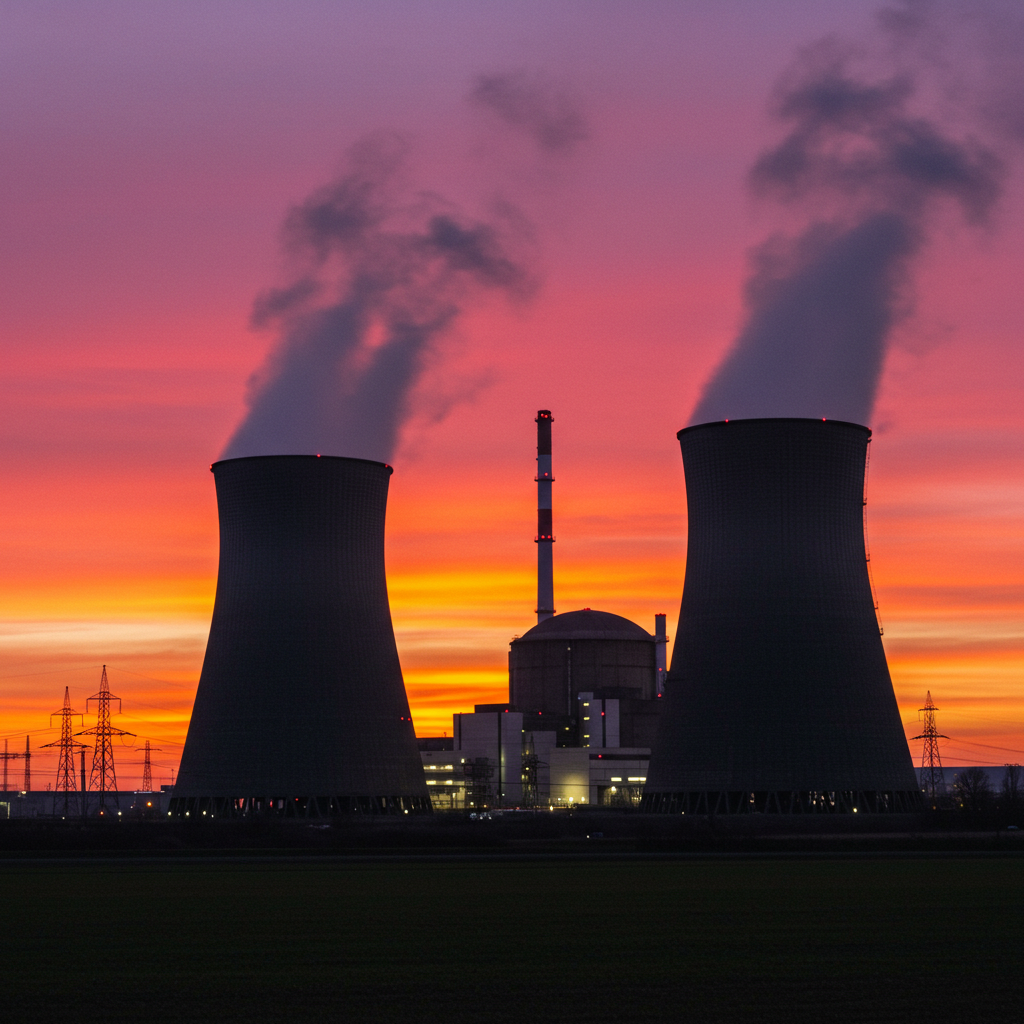The trajectory of Canada’s energy system is being fundamentally reshaped by a singular, overarching national objective: the transition to a net-zero emissions economy by 2050. This commitment has ignited a profound debate about the optimal pathways to decarbonization, and within this conversation, nuclear energy has re-emerged as a central and polarizing topic. To understand the powerful forces driving this nuclear renaissance, one must first grasp the scale of the climate challenge Canada has legally committed to overcoming.
Canada’s Legislated Climate Goals
The foundation of Canada’s climate policy is the Canadian Net-Zero Emissions Accountability Act, which became law in June 2021. The Act mandates the federal government to set a series of rolling five-year national emissions reduction targets to ensure a structured progression towards the 2050 objective.
The key milestones on this legislated path are ambitious:
- 2030 Emissions Reduction Plan (ERP) Target: A commitment to reduce greenhouse gas (GHG) emissions by 40-45% below 2005 levels by 2030.
- 2050 Net-Zero Target: The ultimate goal of achieving net-zero emissions, where any remaining GHG emissions are balanced by equivalent removals from the atmosphere.
This domestic strategy is reinforced by a shifting international consensus. At the 2023 UN Climate Change Conference (COP28), Canada joined over 20 other nations in a declaration to work towards tripling global nuclear energy capacity by 2050, recognizing its key role in achieving climate goals.
The Case For Nuclear: Arguments for Expansion
Proponents contend that nuclear energy possesses a unique combination of attributes that make it an essential tool for deep decarbonization. As outlined by institutions like the International Energy Agency, the arguments rest on several key advantages:
- Reliable Baseload Power: Unlike wind and solar, which are intermittent, nuclear power plants can operate 24/7, providing a constant, reliable source of electricity known as “baseload power.” This is crucial for maintaining a stable grid.
- Zero Emissions: The nuclear fission process itself does not produce CO2. This makes nuclear power a powerful tool for decarbonizing the electricity grid, which is a foundational part of Canada’s overall climate plan.
- Economic and Strategic Benefits: The nuclear industry is a significant economic driver, supporting tens of thousands of high-skilled jobs. As a global leader in uranium production and reactor technology, Canada is uniquely positioned to capitalize on the global resurgence of interest in nuclear power.
The Trilemma of Concern: Safety, Cost, and Waste
Despite its clean energy credentials, major concerns about nuclear energy persist, often raised by environmental groups like the Pembina Institute.
- Safety and Accidents: While Canada’s CANDU reactors have a strong safety record, high-profile international accidents have created deep public anxiety about the potential for catastrophic failure.
- The Economic Conundrum: The formidable barrier to new nuclear is its economics. New large-scale plants have massive upfront capital costs and a history of significant cost overruns, making their electricity more expensive than new wind and solar projects.
- The Forever Problem: Long-Term Waste Management: Nuclear power produces used fuel that remains radioactive for thousands of years. Canada has a world-class plan, managed by the Nuclear Waste Management Organization (NWMO), to permanently dispose of this waste in a Deep Geological Repository (DGR), but it is a multi-generational, multi-billion-dollar undertaking.
The Next Wave: Small Modular Reactors (SMRs)
In response to these challenges, Canada is making a strategic bet on a new class of technology: Small Modular Reactors (SMRs). These are smaller reactors designed to be built in factories and transported to a site for assembly. The hope is that this new industrial model can solve the industry’s cost and scalability problems. SMRs are seen as a potential game changer because they are:
- More Flexible: Suitable for a wider range of applications, including powering heavy industry or remote communities.
- Potentially Cheaper and Faster to Build: The modular approach aims to reduce the massive costs and long timelines of traditional reactors.
- Designed with Enhanced Safety Features: Many new designs include “passive safety” systems that rely on physics to shut down in an emergency.
Ontario Power Generation is already constructing North America’s first grid-scale SMR at its Darlington site, with other provinces collaborating on a strategic plan for future deployment.
The Bottom Line
Is nuclear energy the answer to climate change? On its own, no. The Canada Energy Regulator’s pathways to net-zero show that success will require a massive increase in all forms of clean electricity. It is not a case of nuclear *versus* renewables, but rather nuclear *and* renewables working together to replace fossil fuels.
The path forward will require rigorous regulatory oversight from bodies like the Canadian Nuclear Safety Commission, continued technological innovation, and an honest national conversation about the trade-offs we are willing to make to build a clean and prosperous future.

